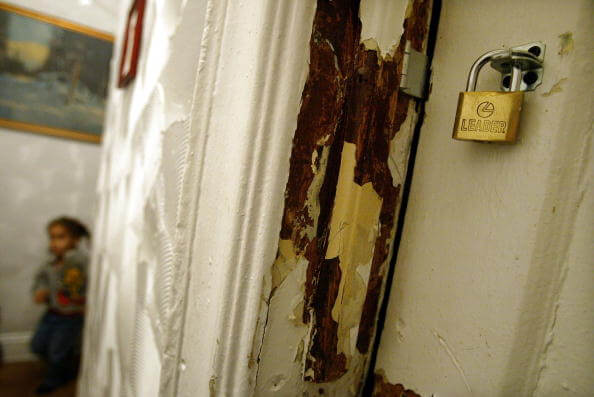The New York City Health Department has seen a drop in the amount of lead detected in young children’s blood, officials announced on Thursday.
The department’s preliminary data shows a 13 percent decline — from 4,928 children tested to 4,293 — in the number of children under 6 years old with blood lead levels at or above the Centers for Disease Control’s reference level.
The CDC has a designated reference level of 5 micrograms per deciliter of lead in blood, meaning that if a child is at that level, they have “blood lead levels that are much higher than most children’s.” The “level of concern” is 10 micrograms per deciliter.
This most recent drop shows a pattern of progress, city officials said, when it comes to reducing childhood lead poisoning in New York City.
Since 2005 — after the city’s Lead Poisoning Prevention Law went into effect, requiring landlords to “identify and fix lead paint hazards in the apartments of young children” — there has been an 89 percent drop in the number of children under 6 with blood lead levels at or above the reference level.
The 2017 data also shows a decline in the number of children under 6 with lead levels at or above the CDC’s level of concern — from 16.5 percent per 1,000 kids tested in 2016 to 14.7 percent in 2017.
“The city has been at the vanguard of addressing child lead poisoning concerns, which began when the Board of Health banned lead in paint in 1960 – 18 years before the federal ban,” said Health Commissioner Dr. Mary T. Bassett in a statement. “As we move forward, we will continue this significant progress.”
New York City Council Member Margaret S. Chin this week introduced legislation to further protect children from the dangers of lead paint. Current law requires landlords to perform annual checks of lead-based paint hazards in homes built before 1960, but if any is identified, they often just paint over the lead surface, according to Chin’s office.
“Because paint is susceptible to chipping or fading, this only creates a temporary solution to the presence of lead,” her office said in a statement. Chin’s legislation would require landlords to permanently remove or “encapsulate” any lead paint, and also help prevent lead-based particles from blowing into units during construction work.



















